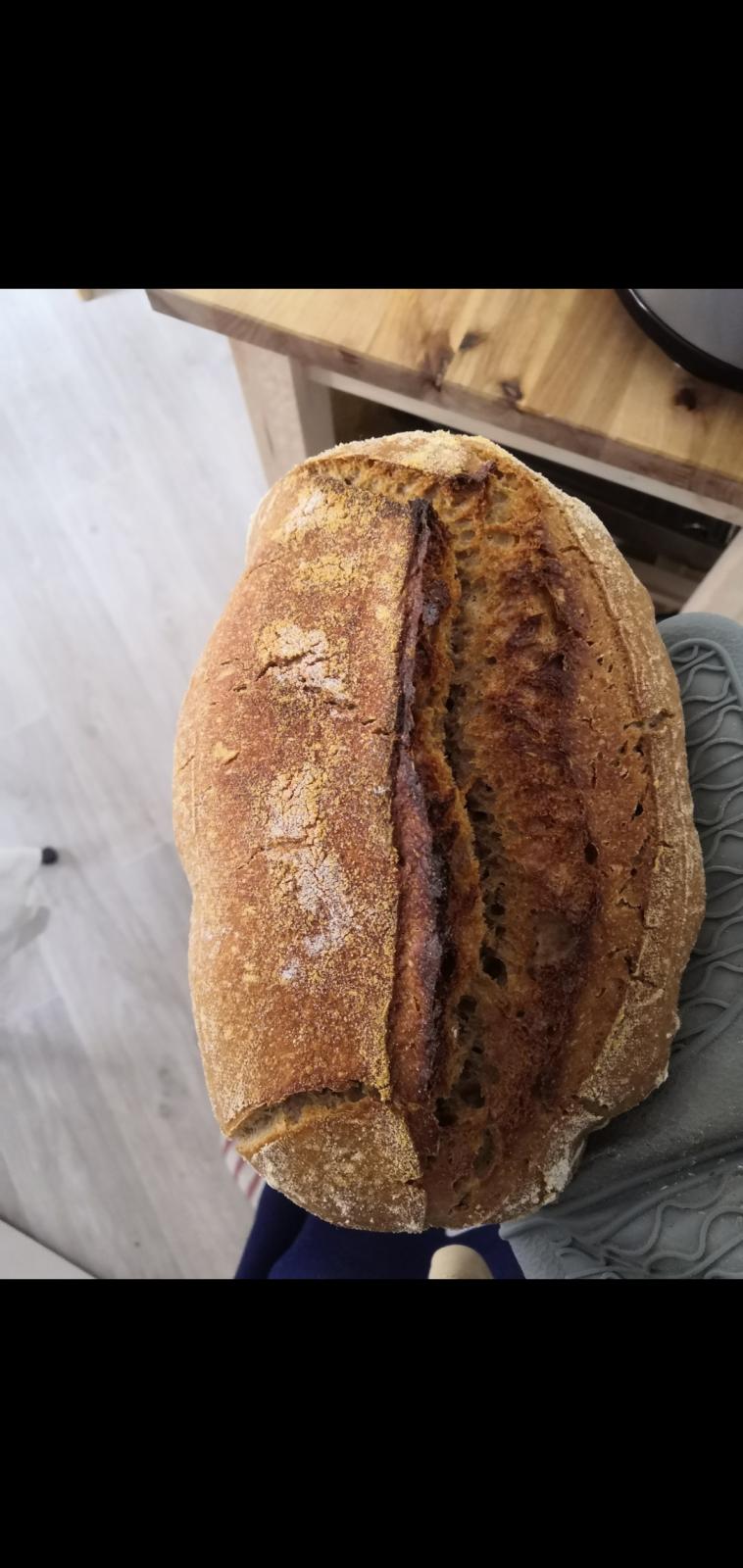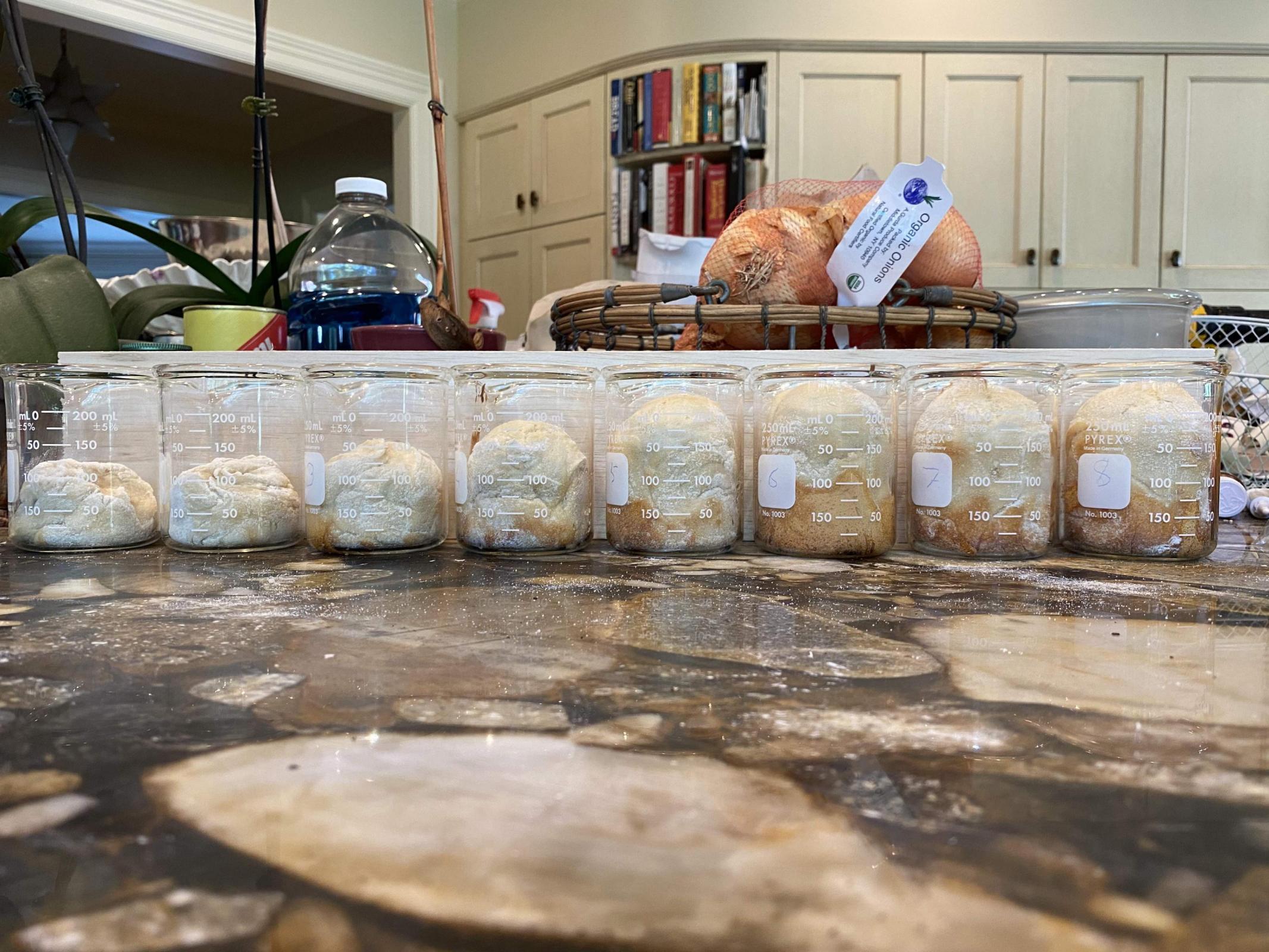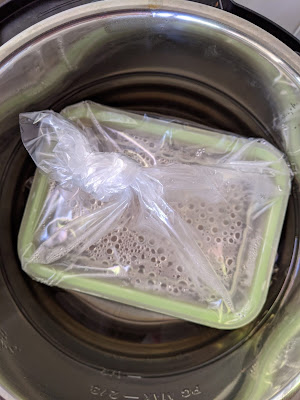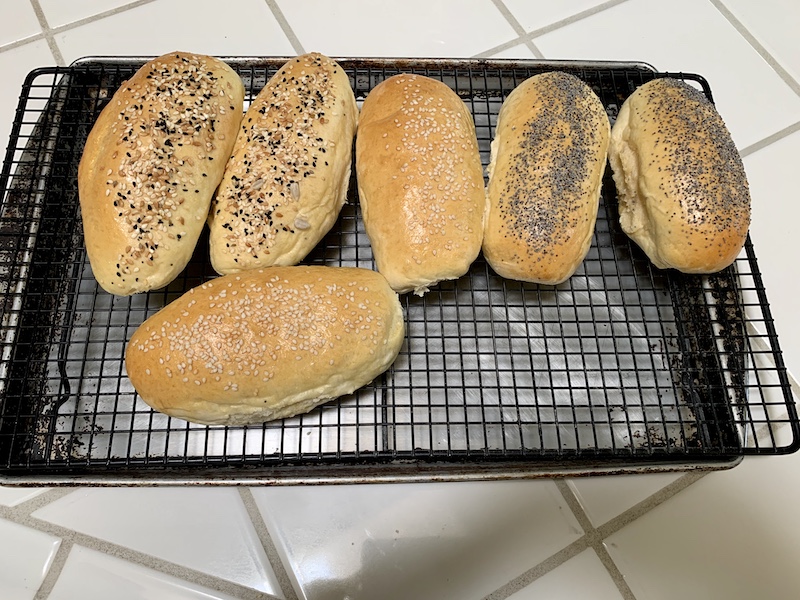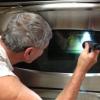
Compilation of pH, pH Meter, and other such things
As a untrained baker concerning all things pH, I thought it good to provide this post for others that may be interested in learning along with me. The more I learn the more it becomes evident that pH and pH meter handling and maintenance is no simple thing. Although not rocket science a certain degree of knowledge is very beneficial. It is hoped that those with technical knowledge will join in and offer their expertise.
The following information may be intimating to some. I find myself in that category.
But it is, what it is...
Here is a short list of the pH meters that are commonly used among bread bakers
- Hanna Halo Wireless- with ATC (Automatic Temperature Compensation) able to capture readings at interval over time -VIDEO-
- Hanna Bread and Dough pH Meter - this looks like a very nice entry level model.
- Milwaukee Pro pH and Temperature with ATC. Both a bulb type and also a spear tip probe are provided with this unit
- others can be listed once they become known
pH strips and very inexpensive pH meters have not worked well for me. I know Benny has used an inexpensive unit, and I look forward to hearing from him about his experience.
As more information becomes available, it will be posted.
THIS VIDEO explains the basics of how pH meter determine the precise pH of a substance.
THIS VIDEO provides excellent tips for pH probe handling and maintenance.
Best practice to clean probe tips after they are used for starters, levains, or bread dough
We are cautioned to NOT WIPE the probe tip with a cloth or paper towel
I contacted Jason with Milwaukee Instruments. He tells me that this procedure will work.
- Use the sprayer on the kitchen sink to wash off ant debris from the probe tip
- Rinse the tip in distilled water
- Store the probe tip in dedicated Storage Solution - Storing in water will ruin the probe
pH Probes are delicate, extremely sensitive and require special care. They should NEVER be stored dry.
The perfect probe for dough and bread, but not the cheapest is the Spear Tip Probe. It will even measure the crumb via direct insertion with reasonable accuracy.
Note - Milwaukee Instrument states that the probes do require replacement. They claim about a year, but I am hoping that they will last longer with occasional use.



